Experiences from the lucerne living mulch system
Is it possible to harvest regular cash crops every year while growing the ultimate nitrogen-fixing cover crop every fall?
The issue with cover crops is that they need to be established every year and that they can be costly when you consider sowing, purchasing seeds, the risk of snail damage, poor growth due to summer droughts etc. There are many challenges with cover crops, and you risk getting a varied result with large field variation in the produced biomass. But what if the cover crop was already established and simply remains in the bottom of e.g. a wheat field and is ready to grow right after the combine harvester? This raises the potential for experimentation.
Right now, the crop rotation for the developed system is as follows:
Winter oilseed rape -> winter wheat -> winter barley or winter oats -> winter wheat
The goal is to establish lucerne together with the winter oilseed rape, as it doesn’t compromise the excellent grass weed control that is possible with Kerb in oilseed rape.
The lucerne grows well at the base of the winter oilseed rape toward harvest at the end of July/beginning of August. Then, the oilseed rape stubble is mowed down (as with grass seed) so that uniform lucerne regrowth can occur. Six to seven weeks later, by the end of September, if there is sufficient biomass yield from the lucerne, it can be harvested for biogas or feed for cows.
After that, winter wheat is sown. The winter wheat can be sprayed as usual with Roundup and soil herbicides (which do not eliminate the lucerne). Then spring arrives, and weeds are controlled with Broadway in April (again, not affecting the lucerne). In the weeks before wheat harvest, the field will start to turn green with lucerne regrowth, rising above the winter wheat. The wheat is harvested with the highest possible stubble, and the field is mowed again after harvest. The lucerne grows once more. Lucerne for feed is harvested in mid/late September, and a new winter crop, such as winter barley or winter oats, is sown.
Using this system has resulted in the following yields:
- Winter oilseed rape harvest 2023 with lucerne under-sown: 8 tons/ha (subsequent lucerne harvest for cattle feed: 2500 FE/ha)
- Winter wheat harvest 2024 with second-year lucerne ground cover: 0 tons/ha (subsequent lucerne for cattle feed: 4000 kg/ha wrap)
- Winter oilseed rape harvest 2024 with lucerne under-sown: 4.0 tons/ha (lucerne yield too low for harvest due to snail damage)
Below is a photo series including images and experiences from using the system. The experiences are based on the winter oilseed rape harvests of 2023 and 2024, the winter wheat harvest of 2024, and observations from a smaller field that was in this rotation between 2018 and 2021.

Picture 1: Lucerne under-sown in winter oilseed rape with mowed stubble on the left. The lucerne under-sowing was less successful in 2024 due to heavy snail damage in the base of the rape during spring 2024.
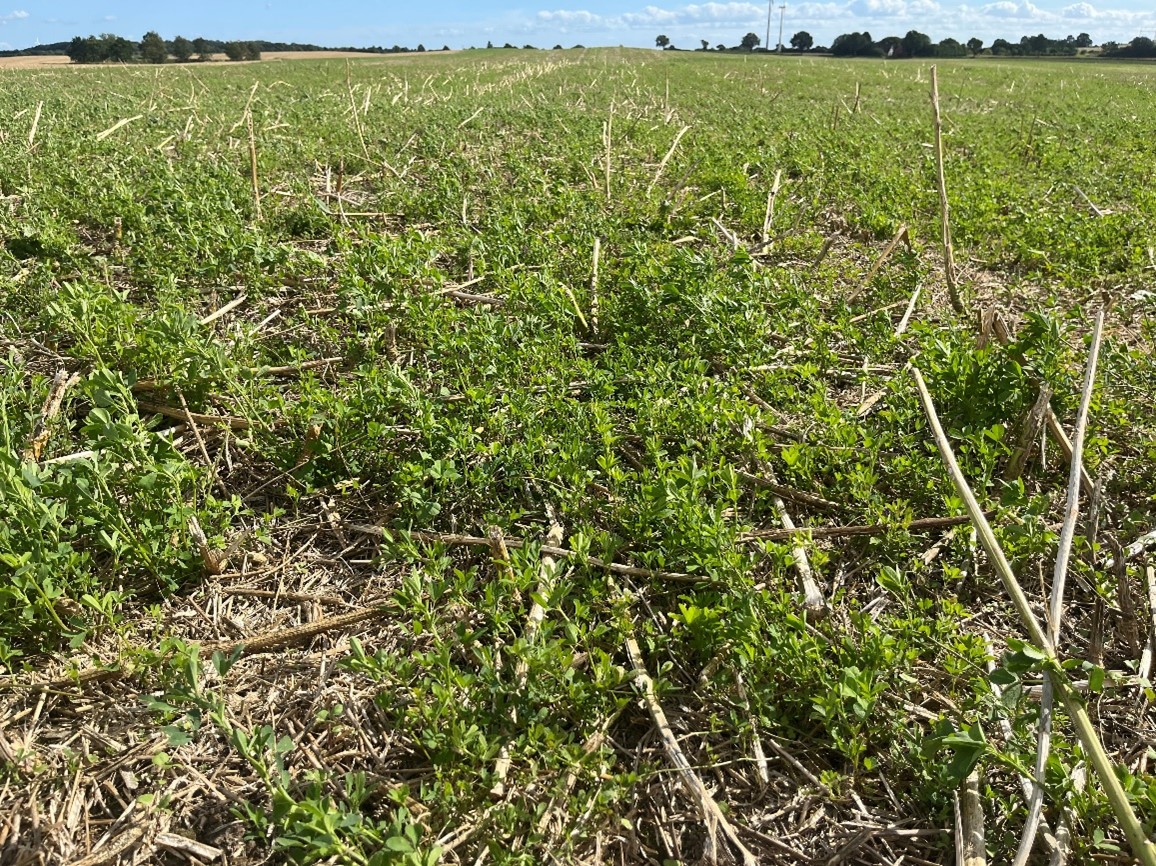
Picture 2: Regrowth of lucerne after mowing. August 2024.
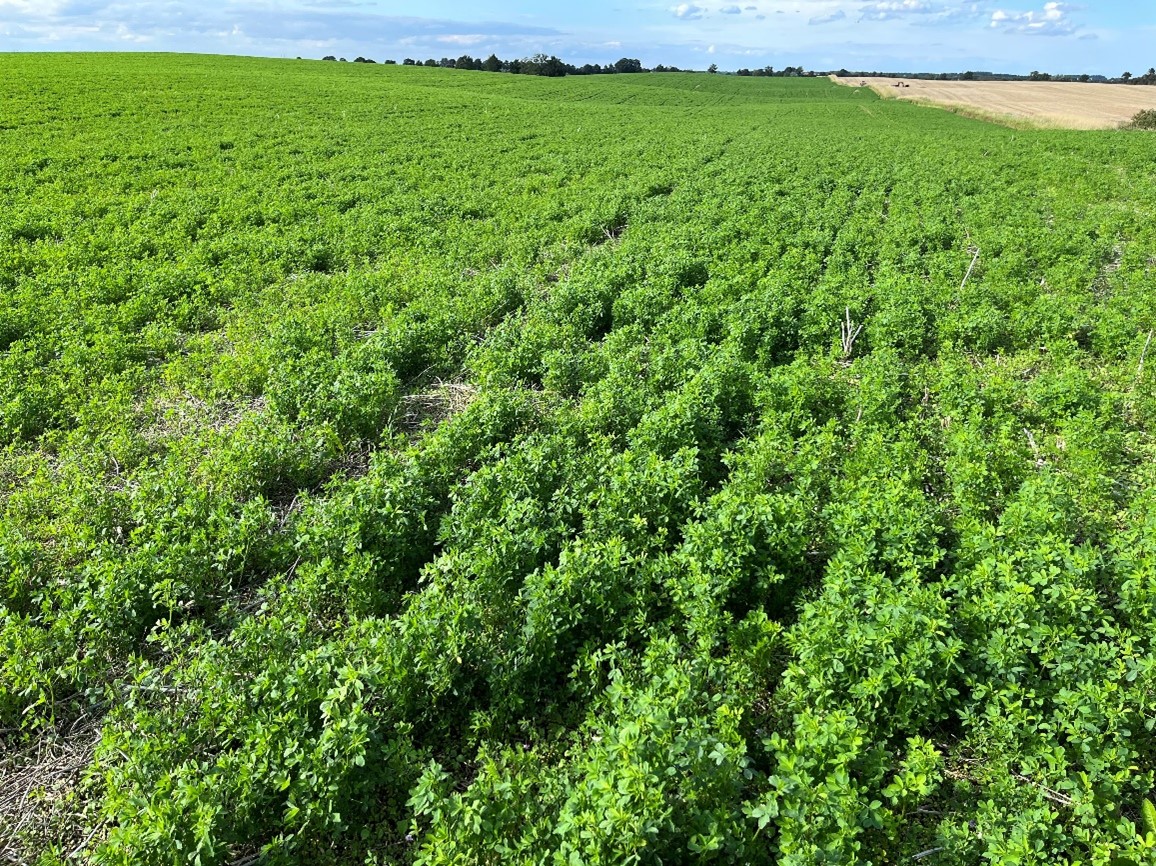
Picture 3: Lucerne regrowth three weeks after mowing in August 2023.
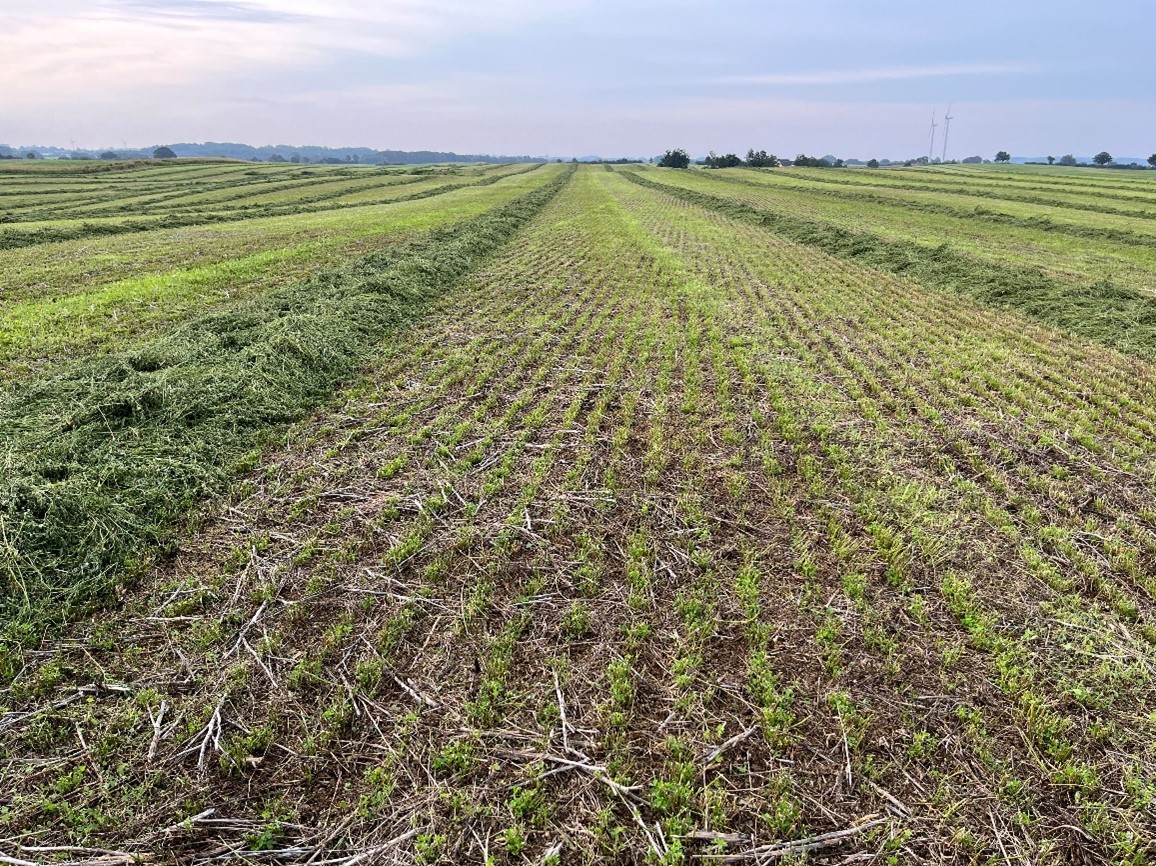
Picture 4: Lucerne on swath waiting for forage chopper September 2023

Picture 5: Winter wheat and lucerne in autumn 2023.
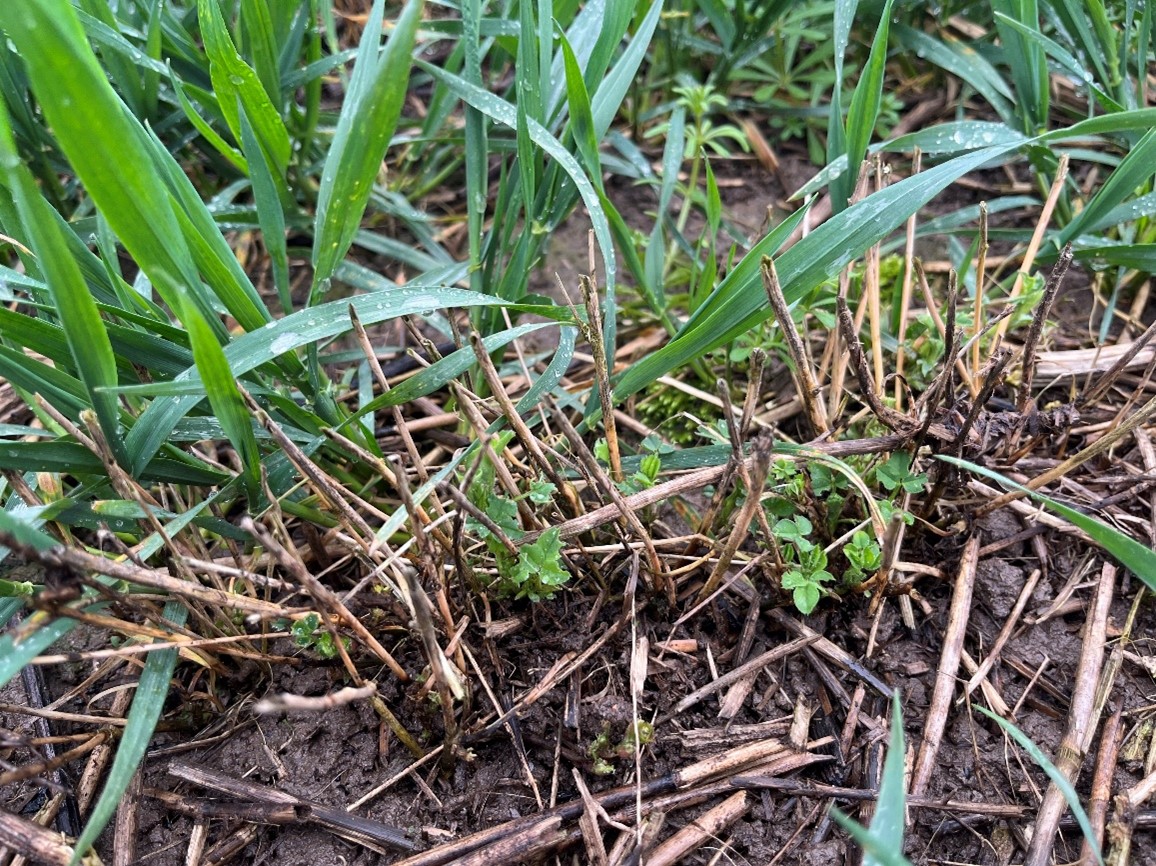
Picture 6: Lucerne at the base of winter wheat. March 2024.

Picture 7: Winter wheat with lucerne at harvest 2024. In the last two weeks before the wheat harvest, the lucerne grew up above the wheat. It looks worse in the photo than when it had been harvested. The wheat yielded 9 tons/ha on average.
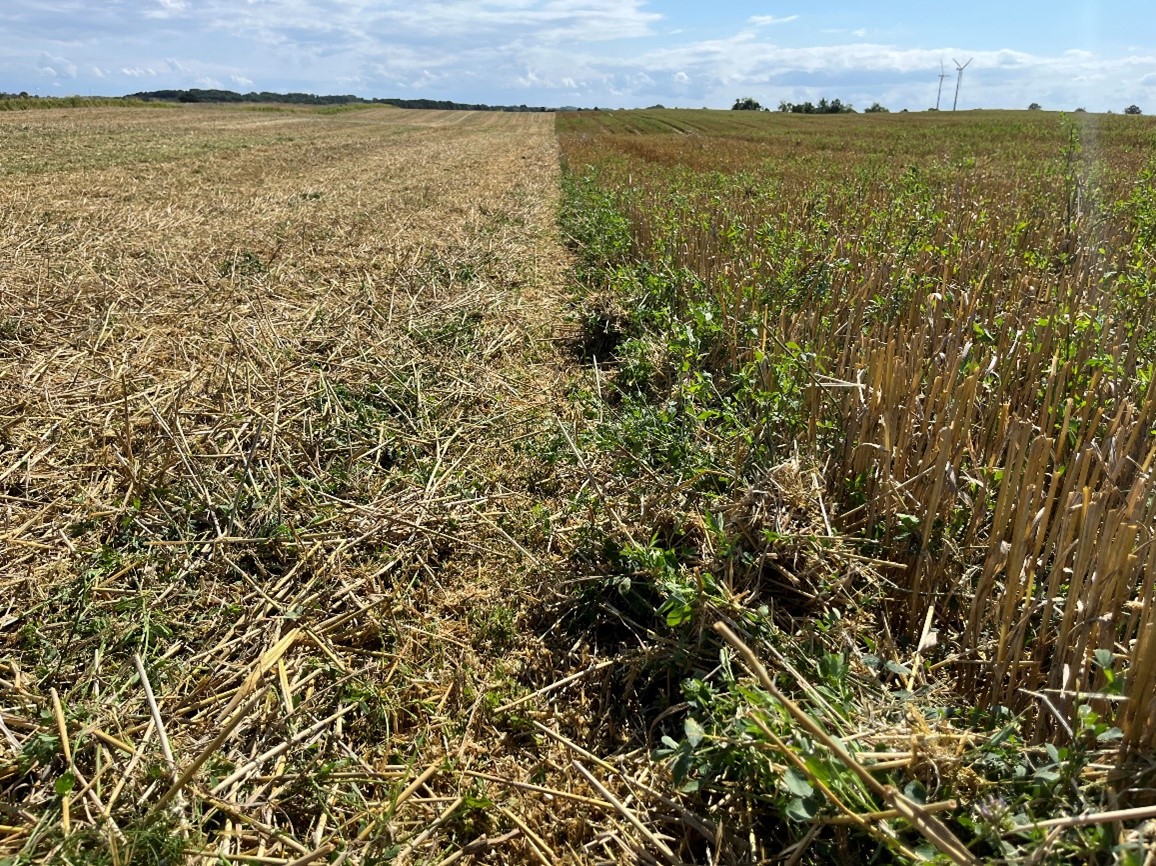
Picture 8: Mowing of winter wheat stubble after harvest in August 2024.
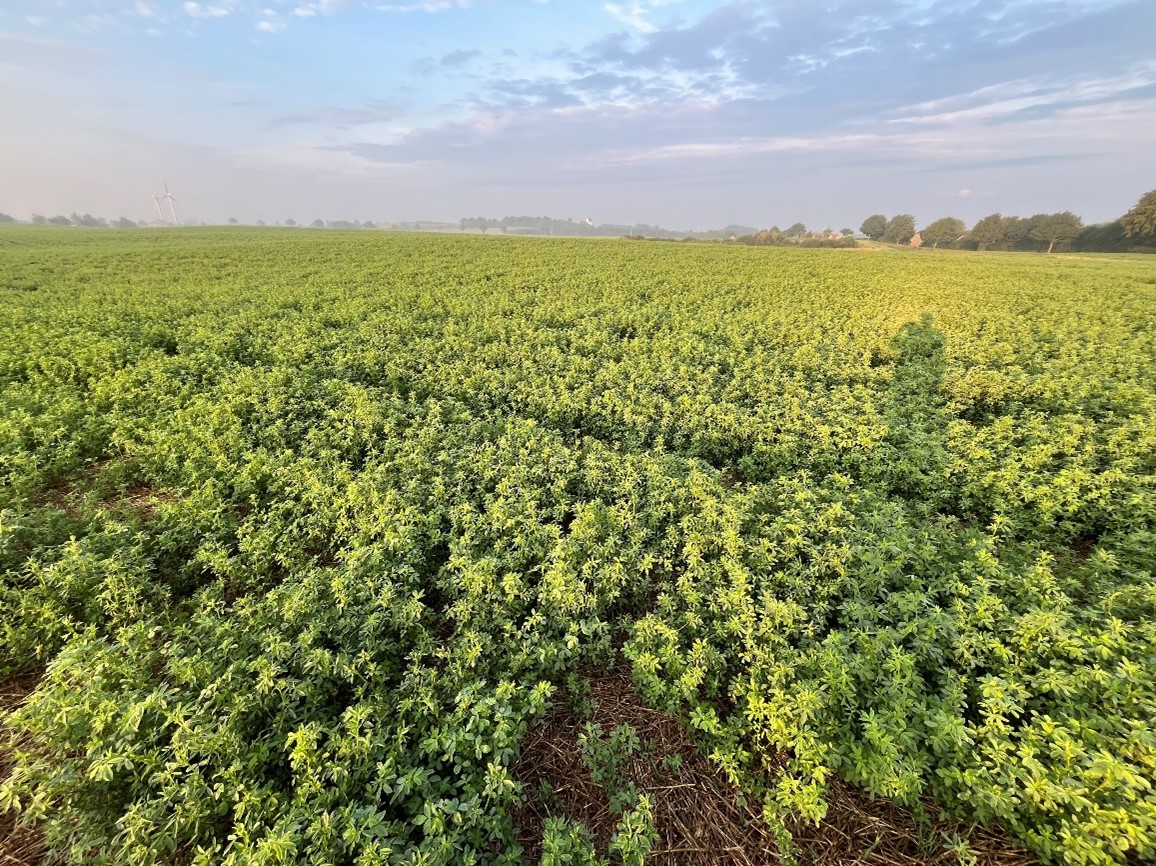
Picture 9: Lucerne regrowth three weeks after mowing.

